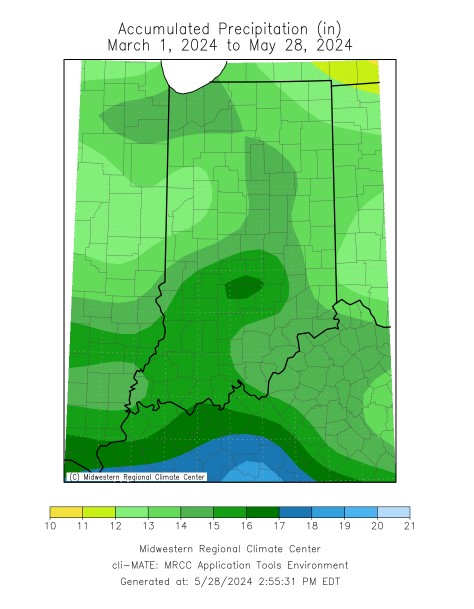
As of writing, it appears we’re heading into the start of meteorological summer (June 1) with a wet meteorological spring on the books.

As of writing, it appears we’re heading into the start of meteorological summer (June 1) with a wet meteorological spring on the books.
Armyworm Pheromone Trap Report – 2024
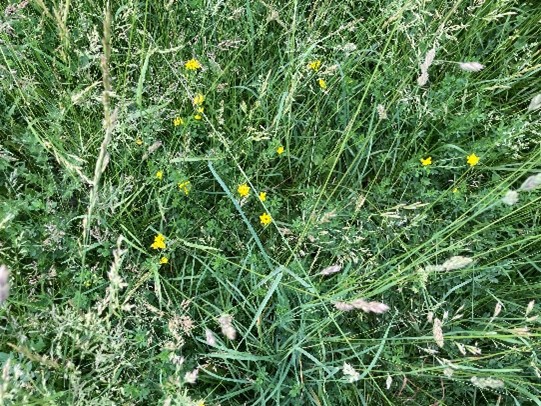
Managing pasture properly requires much skill, just like any agronomic crop. Much skill is required to do it in an “A” grade fashion because there is a livestock component to the agricultural system, too.
In this video, three different areas of a soybean field that have been subjected to extended periods of saturated soils to flooding are assessed for damage.
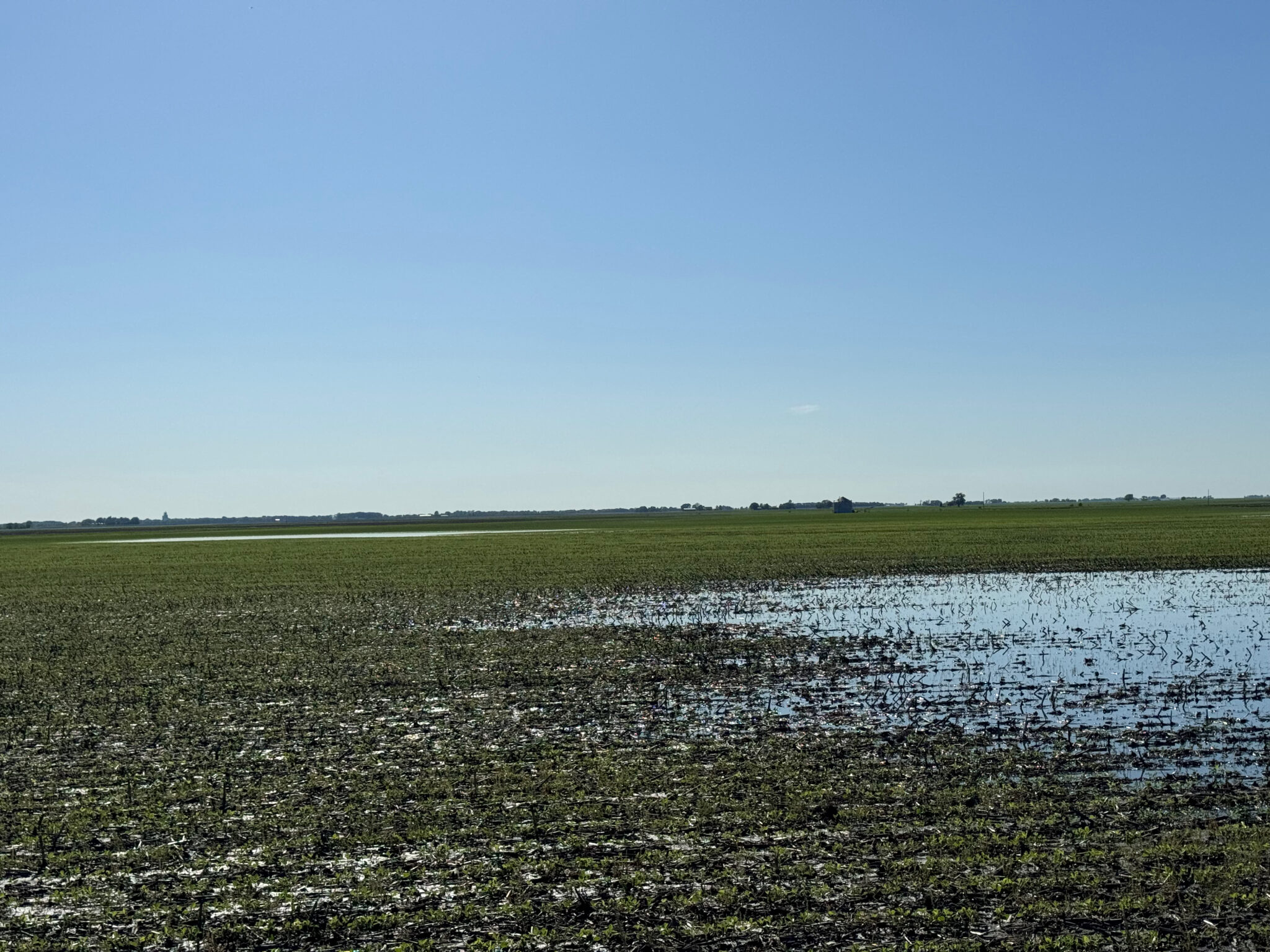
Rains have left many fields with standing water and the threat of more rain on the way. In a manner of a few miles, one field received one inch of rain and another field has received 3 inches of rain or more.
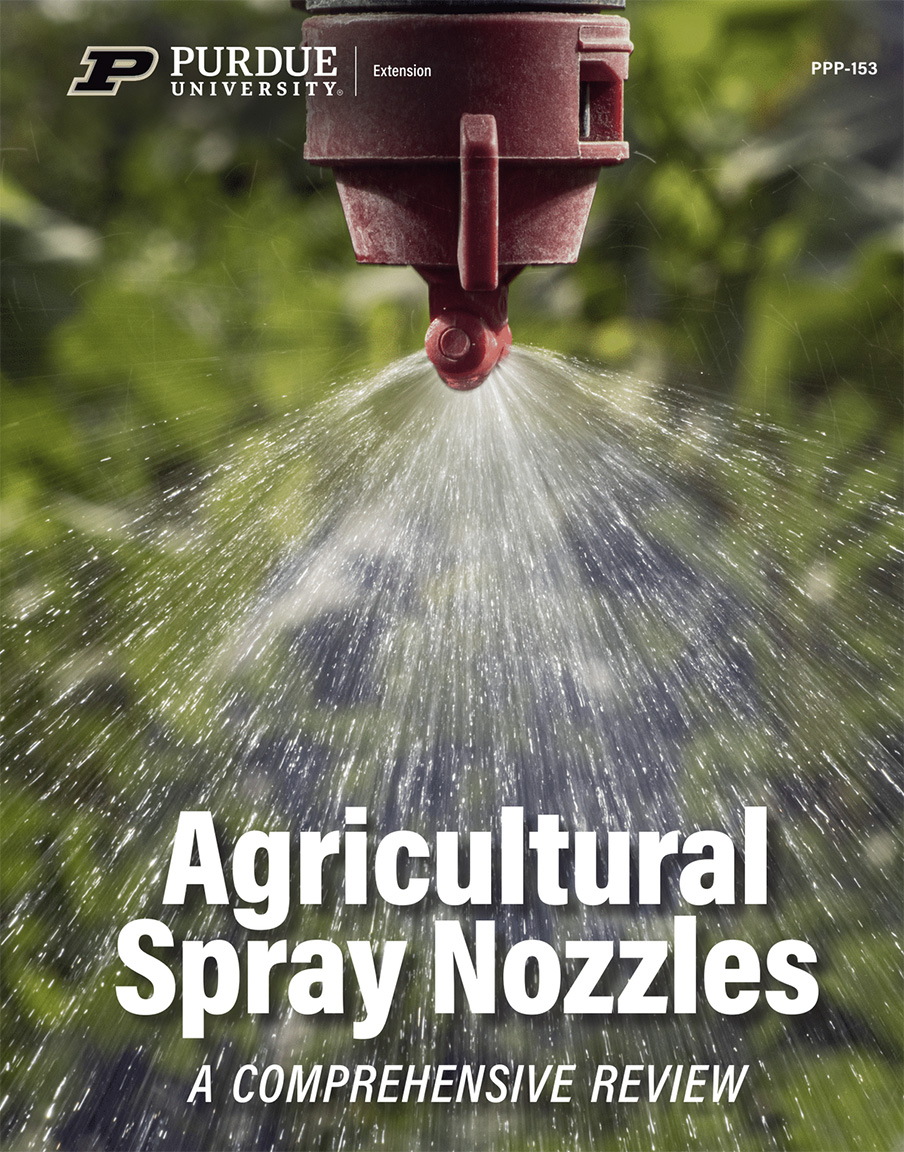
Purdue Pesticide Programs has just released its newest extension publication, “Agricultural Spray Nozzles: A Comprehensive Review” (PPP-153). The lead author, Fred Whitford, indicates that the science behind the designs, materials and capabilities of today’s nozzles is as impressive and complicated as are the chemistries being applied. This publication discusses the current state of spray nozzle technology as it relates to today’s pesticide applications. By better understanding the science, we hope this will enhance the nozzle selection process and optimal use to save applicators money and make the most effective application possible. Contributing authors include Rajeev Sinha, Corteva; Debora Latorre, TeeJet Technologies; Bryan Young, Purdue University; Erdal Ozkan, The Ohio State University; Stephen Pearson, TeeJet Technologies; and John Obermeyer, Purdue University. An online version can be found on the PPP website https://ag.purdue.edu/department/extension/ppp/, click resources, PPP publications and PPP-153. Hard copies can be requested to Fred Whitord at fwhitford@purdue.edu at no cost by simply providing[Read More…]
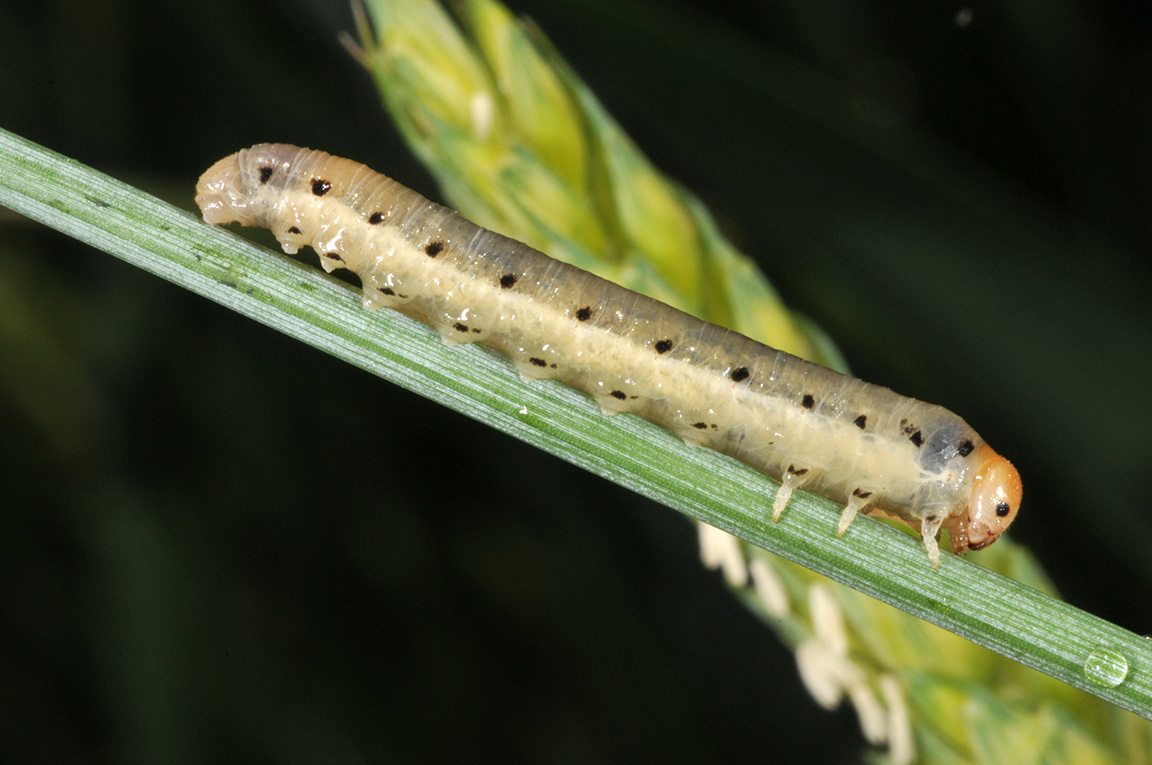
Small, caterpillar-like larvae, often confused with armyworm, can occasionally be found in wheat and some other grassy cover crops. These are not caterpillars at all, but are sawfly larvae, likely grass sawfly (Pachynematus sp.). Adult sawflies are insects with four wings that are distant relatives of the honeybee. They can be thought of as primitive wasps, but they do not have a stinger. The larvae are usually plant feeders and a few are pests of home gardens (rose sawfly or the confusingly named pear slug, for example). The sighting of foliage feeding sawfly larvae in wheat fields is infrequent in the Midwest. And although this species feeds on the leaves, it is minor pest. This is more of a curiosity than anything else, and an opportunity to learn the differences between different insect larval types – always fun! Full size larvae, about 1.25 inches, may feed on stems causing head[Read More…]
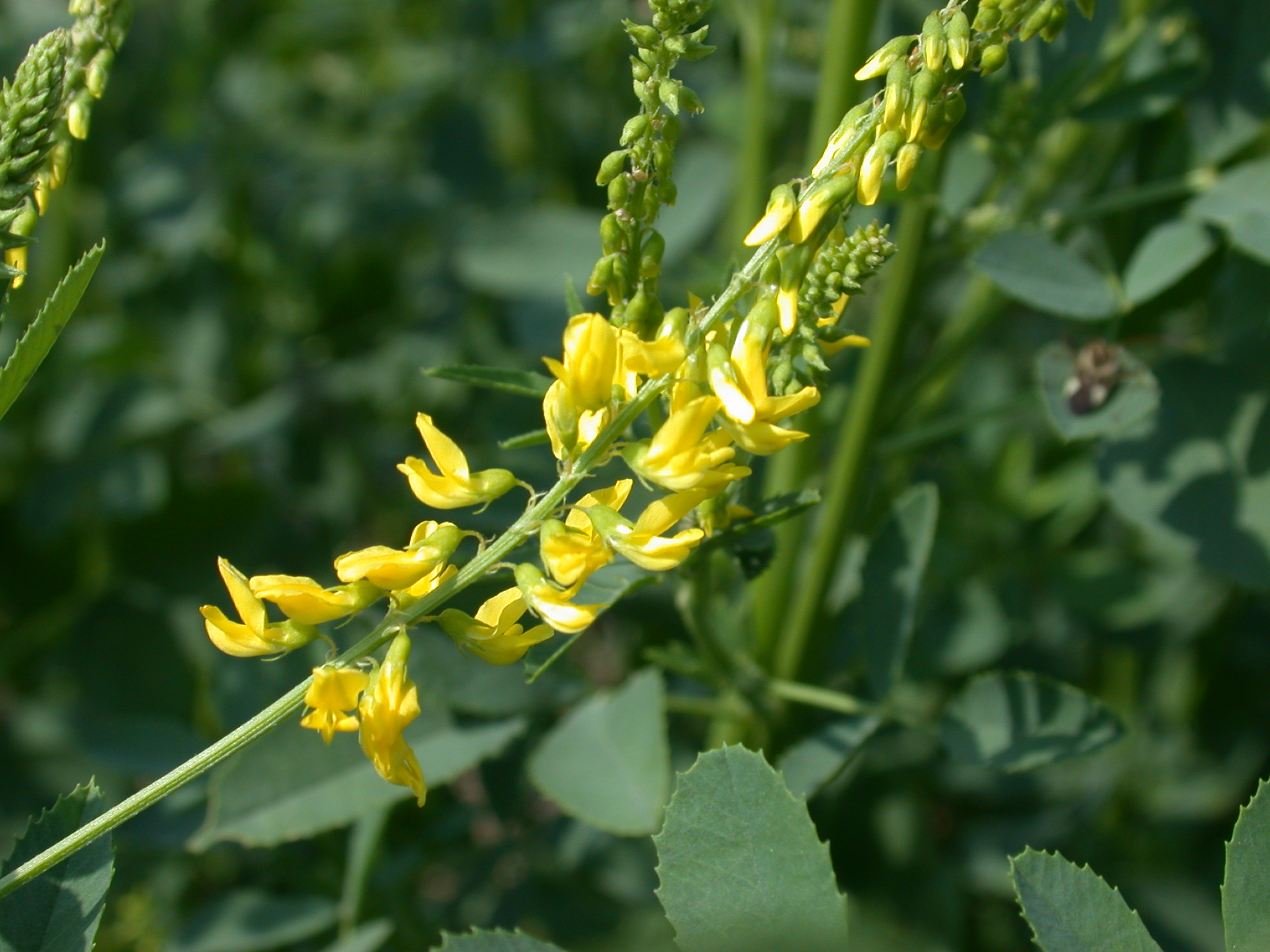
You don’t see birdsfoot trefoil in many Indiana pastures. This perennial legume is beginning to bloom now with obvious bright yellow-orange flowers.
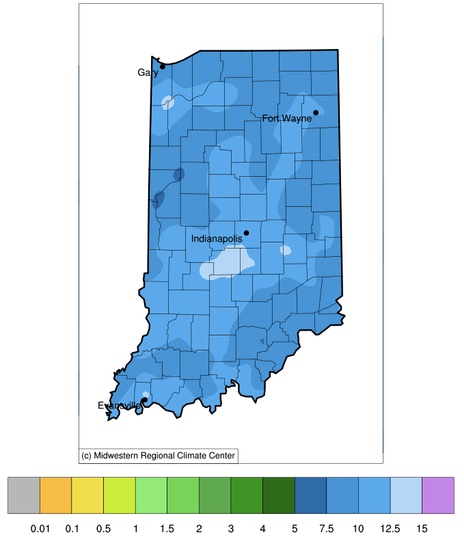
I have been seeing a lot of reports around the state about overly wet conditions with impacts such as running field tiles, high-leveled lakes and streams, field ponding, and difficulty getting into the fields for planting.
Armyworm Pheromone Trap Report – 2024
© 2026 Purdue University | An equal access/equal opportunity university | Copyright Complaints | Maintained by Pest&Crop newsletter
If you have trouble accessing this page because of a disability, please contact Pest&Crop newsletter at luck@purdue.edu.